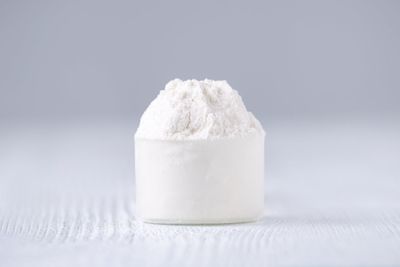Brassinolide Information
Scientists have been researching brassinolide steroids for years as a natural fertilizer, mainly for agricultural plants. Brassinolide steroids, also known as brassinosteroids, are naturally occurring plant hormones that regulate a plant’s growth, development and immunity. The hormone is naturally produced, as needed, to help plants grow, create pollen, set flowers, fruits and seeds, and resist diseases or pests. Naturally occurring brassinolide steroids are found in nearly all plants, algae, ferns, gymnosperms and angiosperms. It is found in highest concentrates in the pollen, immature seeds, flowers and roots of plants. The original discovery and research on brassinolide was done with rapeseed plants (Brassica napus). The brassinolide hormone was isolated and extracted. It was then introduced to other plants by different methods to study the effect the extra hormones would have on the test plants’ growth and resilience. The results were larger, healthier plants which showed more resistance to pests, diseases, extreme heat, drought, extreme cold, nutrient deficiencies and salt. These test plants also produced higher yields of fruit or seeds, and flower bud drop and fruit drop were decreased.
How Do Brassinolides Work in Plants?
Brassinolide steroids only affect the plants they are in. They leave no residue that can run off into the water table and they do not harm or kill any insects, animals or humans that consume the plants. We’ve all seen plenty of sci-fi movies where some plant hormone or fertilizer creates powerful mutant plants or insects, but brassinolide hormones simply tell a plant how big to grow, and how much seed or fruit to produce, while also boosting the plant’s immunity and resistance. They are given to plants in natural doses in natural ways. Today, brassinolide steroids are mainly used in agriculture fields growing grains. They are available to consumers either in a powdered or liquid form. Brassinolide plant hormones can be used to inoculate seeds before germination to speed up the process. They can also be watered into the roots of plants or used as a foliar feeding.
